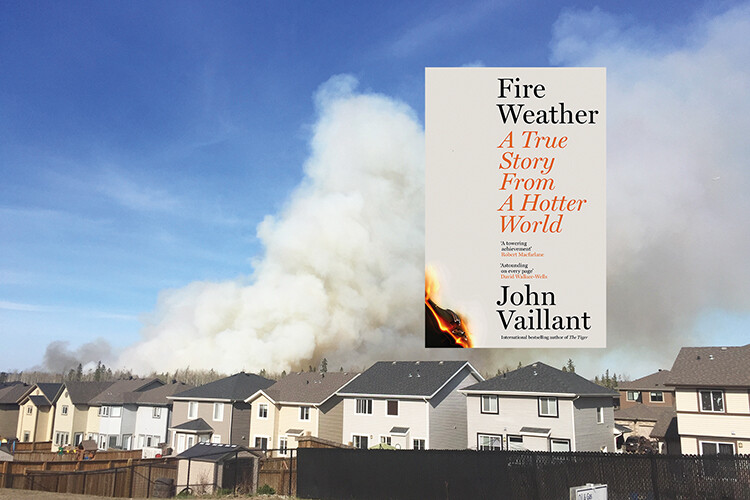
John Valliant recounts the 2016 apocalyptic Canadian fires in vivid detail and explores climate science
By Shafik Meghji
Written with the pace and flair of a thriller, Fire Weather feels like a premonition. A striking, deeply researched and intricately plotted piece of narrative nonfiction, it recounts the apocalyptic 2016 wildfire that engulfed the Canadian tar sands boom city of Fort McMurray, destroying 2,400 homes, forcing 90,000 people to flee and causing billions of dollars of damage.
Situated in the boreal forest, just short of the Arctic Circle, and responsible, at the time, for as much as 40 per cent of Canada’s crude oil exports, the place was primed for disaster: ‘Hundredth-percentile fire conditions during the hottest, driest May in recorded history, following a two-year drought in a sudden city filled with 25,000 petroleum-infused boxes [homes] and surrounded by millions of desiccated trees.’
Reading the book following record-breaking September temperatures in the UK and a summer of devastating wildfires across the globe is a chastening experience. Beyond a vivid – if occasionally a tad breathless – account of the catastrophe, Vancouver-based author and journalist John Vaillant brilliantly illuminates the ‘entwined histories’ of climate science and the oil industry, while expertly explaining complex concepts and scenarios. There are evocative descriptions of everything from ‘fire tornados’, terrifying phenomena whose impact resembles a nuclear blast, to the similarities between wildfires and corporations: ‘[Once] they reach a certain size, they are able to dictate their own terms across a landscape – even if it destroys the very ecosystem that enabled them to grow so powerful in the first place.’
In devastating detail – Vaillant has carried out countless interviews and deploys a dazzling range of sources, from Hudson’s Bay Company fur traders to Edward Teller, the ‘father of the hydrogen bomb’ – the book shows how wildfires across the world are burning for longer and with greater intensity than ever before, with global heating making the situation steadily worse. ‘Historians speak of Britain’s Imperial Century, the American Century, and the Chinese Century,’ writes Vaillant, ‘but those who study the symbiotic relationship between humans and combustion make a good argument for this one going down as the Century of Fire.’ In the years ahead, we can expect a lot more fire weather in our forecasts.




